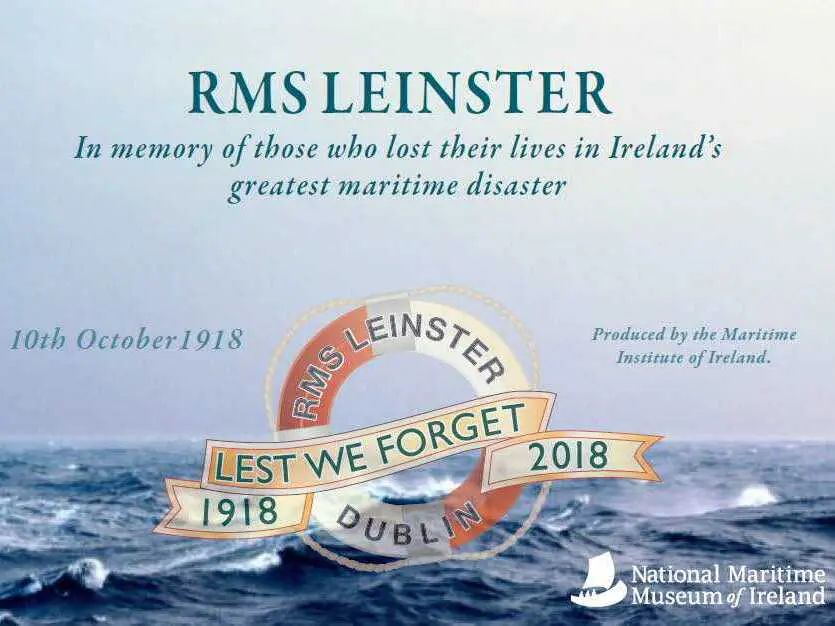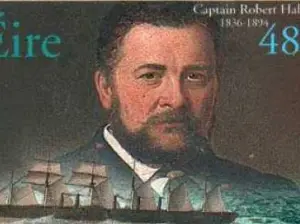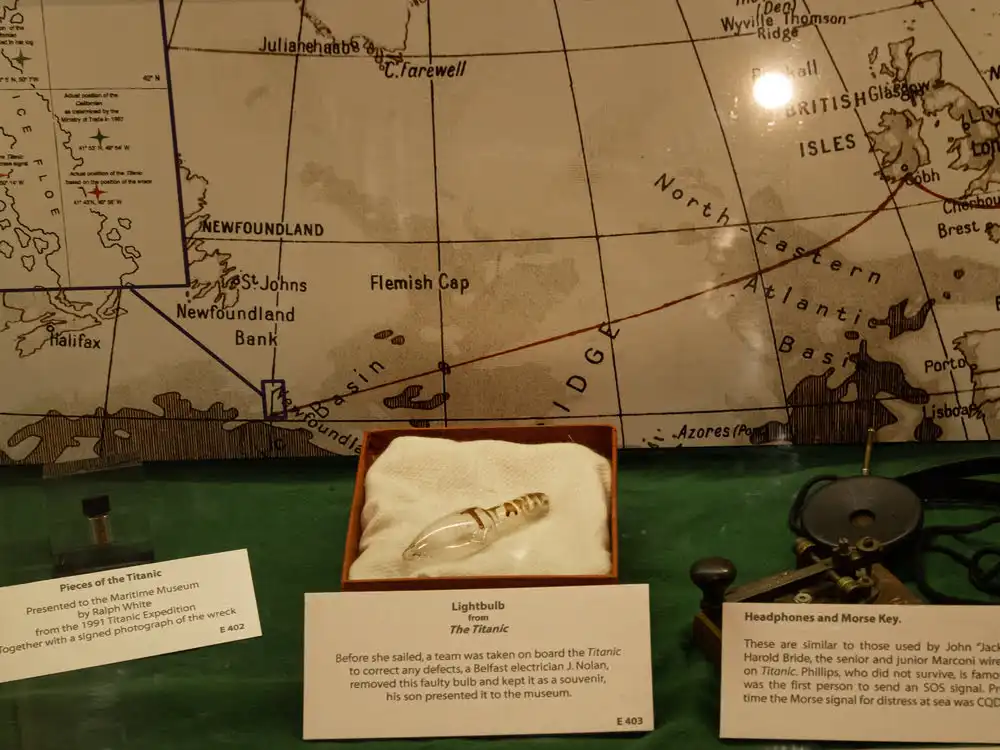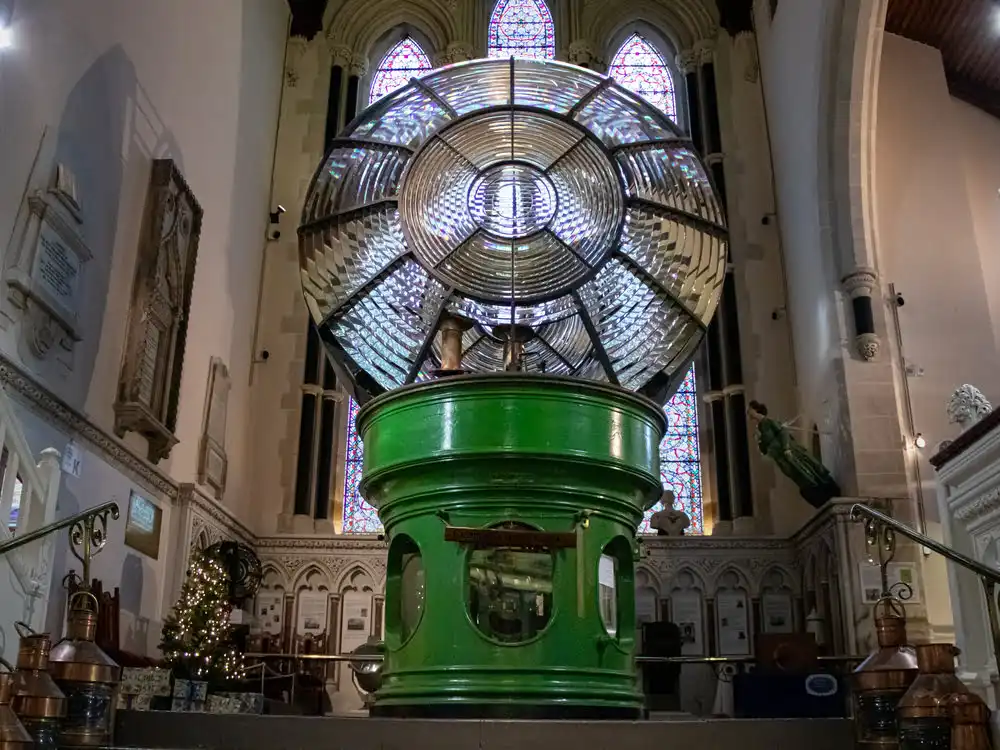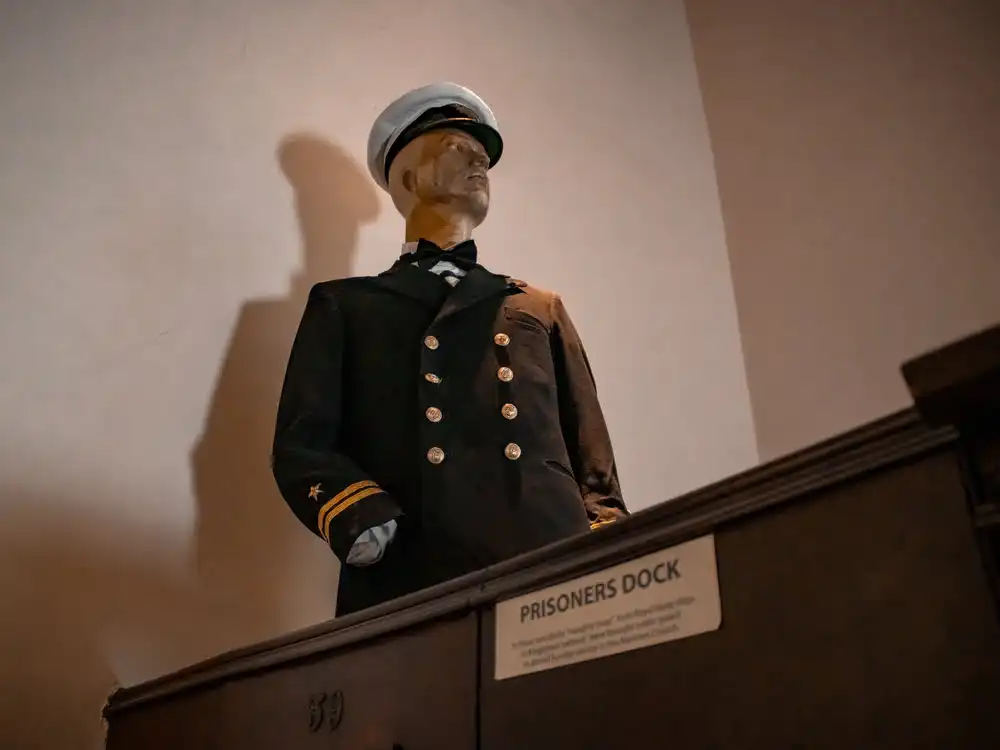
Exhibition
Radio Room
Before radio was introduced on to ships, on leaving port a sailing ship or vessel had no further communication until it reached its destination. One system available to ships was sending messages by flags when they passed land.
Radio was installed on ships mainly for commercial reasons to keep in contact with the owners and merchants for reasons such as, changing the ship’s destination for delivering cargo, picking up alternative or better cargo.
This quickly changed with the sinking of vessels, especially the sinking of RMS Titanic. The radio room focus changed from a commercial use, to becoming increasingly about safety of life at sea. Before Titanic hit the iceberg, the radio officers were preoccupied sending out telegrams for wealthy passengers. A nearby ship was told by the radio officers to keep the airwaves clear as they were very busy. On hitting the iceberg, RMS Titanic attempted to communicate with this ship but by then it had unfortunately shut down its radio station and kept off the airwaves.
These incidents along with the RMS Lusitania torpedoed by a German U-boat in World War I, brought attention to the importance of the radio room. New rules and regulations around radio rooms, radio officers and the watch system became International Law. The radio officer was normally last off the ship with the captain as they transmitted the SOS until the very last. Huge loss of life was evident among radio officers during World War I and an even greater number during World War II.


Radio officer, Arthur Jeffries, lost his life on RMS Leinster, on October 1918, transmitting SOS. Being from the parish of Dun Laoghaire, his memorial is in the church, now the Museum, on the wall on the side of the altar.
The Germans were the first to use the Morse code, SOS. At the time there was ongoing disagreement with some countries still using the code C and Q, CQ meaning to listen. Marconi introduced CQD, D for distress. When tragedy struck, radio officers on board Titanic sent out distress signals first using the old Marconi system CQD which had been superseded by SOS. However, they did change to SOS and this may have caused confusion to other stations.
In the early 20th century, the British company Marconi, was a dominant competitor in ship communication. As radio communication became mandatory on sea-going vessels, various companies such as Telefunken also competed to supply equipment and radio officers.
Visit the Radio Room in the Museum and learn how maritime clocks are essential for safety at sea and how John Harrison’s invention of the marine chronometer from 1735 onwards allowed ships to determine their longitude at sea.

